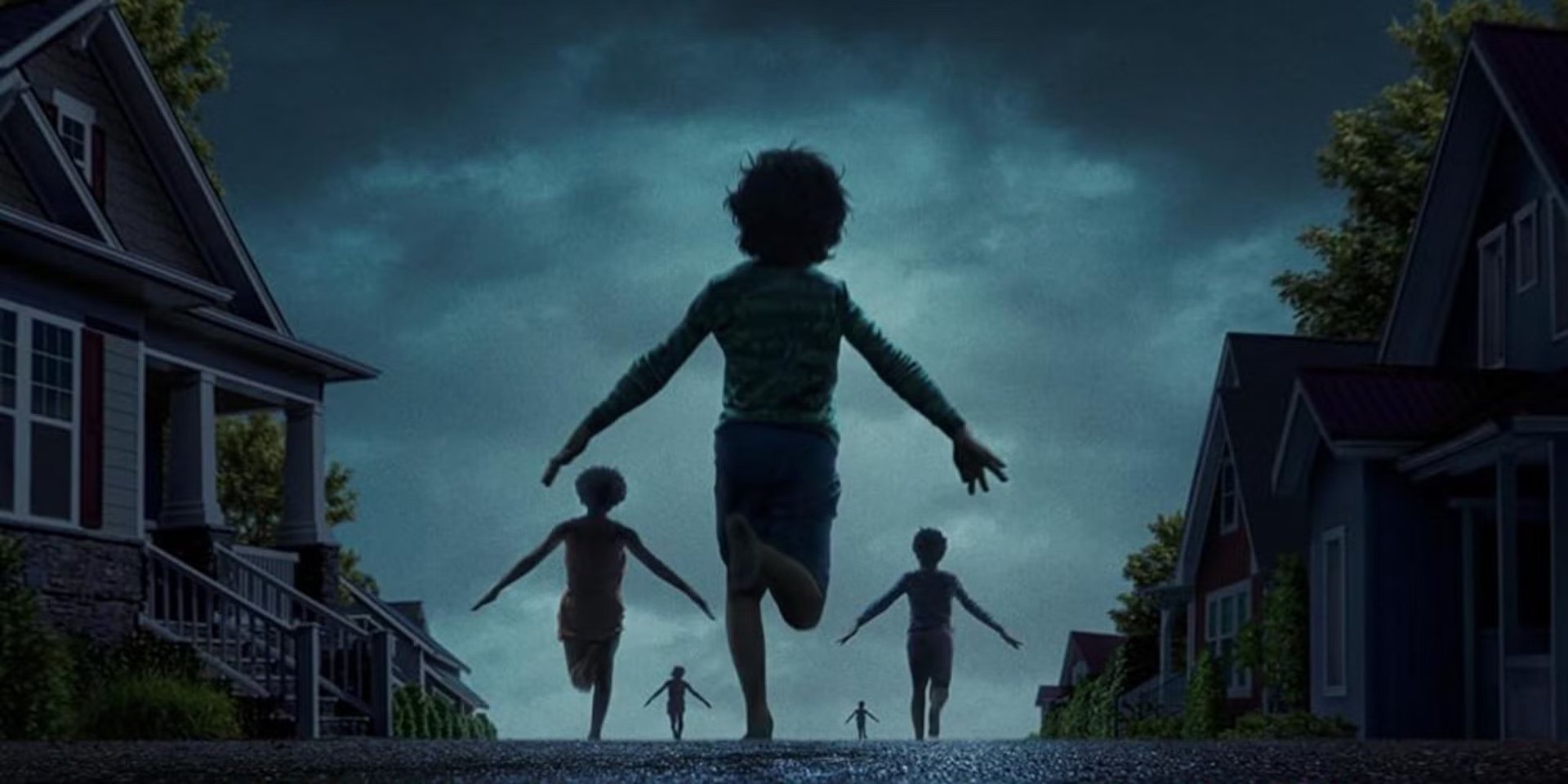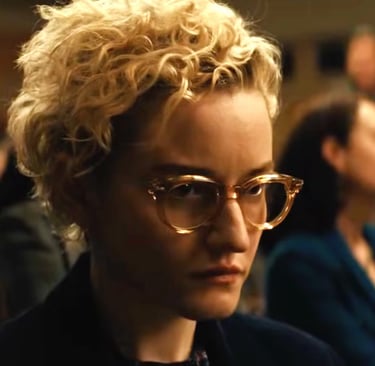“Your home for fearless film reviews, the latest entertainment news, and unfiltered movie rants.”
Weapons (2025) Ending Explained & Ritual Rules Uncovered
Full breakdown of Weapons (2025) — ending explained, why Gladys targeted the kids, every rule of the ritual, and hidden clues you may have missed.
The Tipsy Critic
8/9/2025

Zach Cregger’s Weapons (2025) detonates a small town after 17 kids leave their homes at exactly 2:17 a.m., all from the same third-grade class in Maybrook, Pennsylvania. Six interlocking perspectives — Justine (Julia Garner), Archer (Josh Brolin), Paul (Alden Ehrenreich), Principal Marcus (Benedict Wong), Alex (Cary Christopher), plus the town’s chorus — build to a vicious, surreal finale where the kids literally hunt the source of their trauma.
If you left the theater asking what just happened, why Gladys targeted the kids, or how the rules of the ritual actually work — this breakdown gives you the answers.
The Plot in Brief
The disappearances are engineered by Gladys (Amy Madigan), introduced as Alex’s ailing great-aunt. She’s more than a sick relative — she’s the orchestrator of a magical control system using a thorny twig, her own blood, and a personal tether (hair or belongings) from her target. When the twig is snapped — often after being placed in water — her victim becomes a puppet.
Through this method, she rides adults (Marcus, Paul, Alex’s parents) and later summons all 17 kids into Alex’s basement.
When Archer and Justine finally breach the house, possessed adults attack. Alex locks himself in the bathroom, wraps Gladys’s hair around a twig, and mirrors her ritual — instantly flipping control. The children awaken from their trance and swarm Gladys in the street, killing her.
The film refuses a neat resolution: many kids remain altered, Alex’s parents never recover, and he moves in with a different aunt. Over time, some children begin to speak again.
Why Gladys Targeted the Kids
Gladys isn’t taking children for ransom or revenge — she’s dying and desperate to extend her life.
Children as fuel: In the film’s supernatural logic, kids carry a cleaner, stronger life force. They’re emotionally straightforward, easier to predict, and more potent for ritual purposes. Adults, weighed down by trauma and guilt, make less effective vessels.
Alex’s role: She forces Alex to collect a personal item from each classmate. Those items, paired with her blood and twig, allow her to summon and bind the children at the fixed time of 2:17 a.m.
It’s calculated cruelty — children are easier to control and, in her magic system, far more powerful than adults.
The Rules of Gladys’s Magic
Core Ingredients: A thorny twig from her “tree” + her blood + hair or an object from the target.
Activation: Snap the twig (often in a water bowl) to establish control.
Chain Effect: Compelled victims can be used to target others.
Breaking the Spell: Mirror the ritual using the caster’s own hair. This instantly reverses control.
Ending Explained (Step-by-Step)
House of Puppets: Gladys positions controlled adults as a defensive wall.
Alex’s Reversal: Hiding in the bathroom, Alex uses her own hair to complete the ritual — the only way to turn the magic back on her.
The Flip: Control shifts; the kids are freed and turn on Gladys, chasing her down.
Aftermath: Some children recover over time, but not all. Alex’s parents remain mentally broken.
Six Details You Probably Missed
2:17 a.m. as Ritual Window — Matches the number of missing kids (17) and recurs across POV chapters. (Confirmed.)
Hair Theft Matters — Gladys snips Justine’s hair early on; it becomes the tether to sic Marcus on her later. (Confirmed.)
Basement Logistics — The kids are fed and kept orderly, underlining the depth of her control. (Confirmed.)
The Title’s Misdirection — “Weapons” isn’t about guns — it’s about turning people into tools via fear, grief, or manipulation. (Confirmed by Cregger.)
Multi-POV Breadcrumbs — The Magnolia-style structure is more than style; track the POV hand-offs and you can predict who’s compromised next. (Confirmed influence.)
The Running Pose Imagery — That eerie arms-out sprint echoes disturbing real-world photography, heightening its unease. (Cited by Cregger.)
Note: While some viewers interpret the newspaper-covered windows in Alex’s home as a magical containment sign, it’s never stated outright — it works better as a visual motif.
What It’s Really About
Despite speculation, Cregger says Weapons isn’t a political allegory. He wrote it while grieving the sudden death of a close friend. At its core, the film is about grief and how fear can turn people into weapons against each other.
Gladys’s magic is just the genre shell — the real horror is how easily innocence and trust can be corrupted when fear takes hold.
Final Take
Weapons is a carefully layered horror-thriller that rewards close watching. The scares land, but the real gut punch is the slow realization that “weapons” aren’t objects — they’re people pushed past their limits, reshaped by loss and fear.
If you’re rewatching, look for the clues in each POV shift, the ritual rules in action, and the way Gladys manipulates her pawns. It’s the kind of film where knowing the mechanics makes the ending hit even harder. Fans of multi-perspective storytelling might notice echoes of Paul Thomas Anderson’s Magnolia, one of Cregger’s stated influences. That film also weaves multiple lives into a single, emotionally charged climax. For a deeper industry take on Cregger’s approach, check out Variety’s breakdown of Weapons and its ambitious narrative structure.
Related Reads:
Follow for more unapologetic movie breakdowns: @thetipsycriticreview





As an Amazon Associate, I earn from qualifying purchases.
